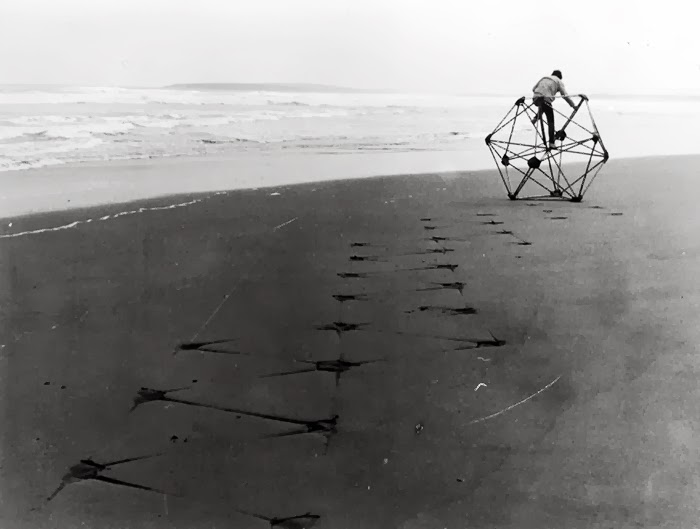A Place for Failure
CoRaL would exist outside of curricular boundaries, meaning that the endeavors undertaken within its walls would be created squarely beneath the auspices of the Liberal Arts. With few restrictions – curricular or otherwise – students would be able to materially explore questions that their coursework may leave unanswered or abstract. Beyond the potential augmentation to existing curricula that CoRaL would offer, it is also a novel concept.
Bringing the highly technical and isolated concept of makerspaces together with the idea of a Visual Resource Collection ensures that Swarthmore’s foray into this kind of nondisciplinary creation will retain and build upon two hallmarks of its education: exactitude and ingenuity. To make accessible all the technical knowledge and skills required to produce objects using high-tech tools such as 3-D printers/CNC machines/etc, all in an environment that encourages risk and failure over complacency, AND provides space, images, and objects that inspire novel creations.
One component of the programming for CoRaL could be a series of workshops proposed and led by students, faculty, or staff. The content of the workshops would vary greatly: intersections of art and chemistry by way of a session on the creation and application of synthetic pigments; workshops that address a potential of the mechanics of a whale vertebrae to influence a design of a more responsive train car connection. The workshops could test material for future classes or pose questions that could be solved using the collection and maker resources of CoRaL.

